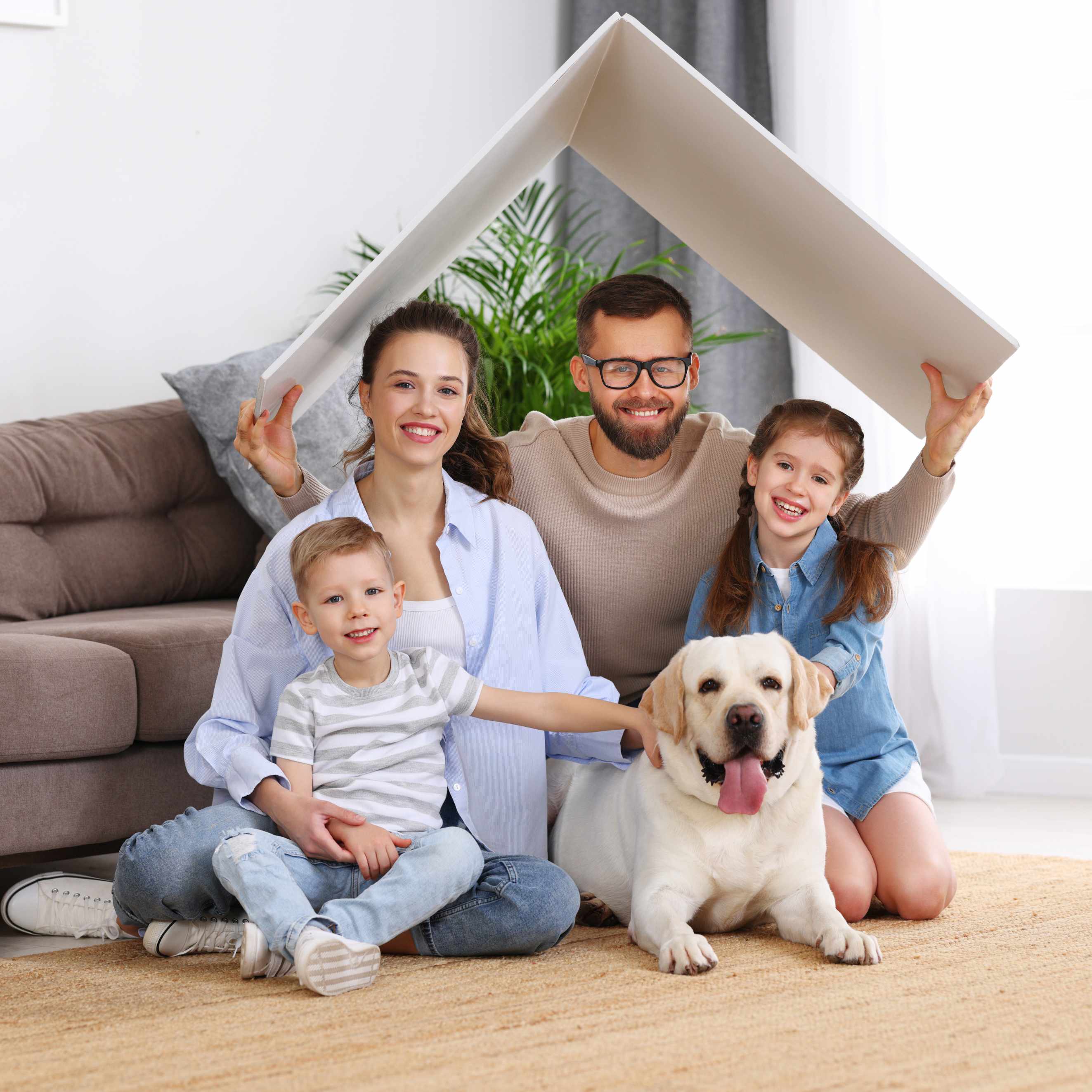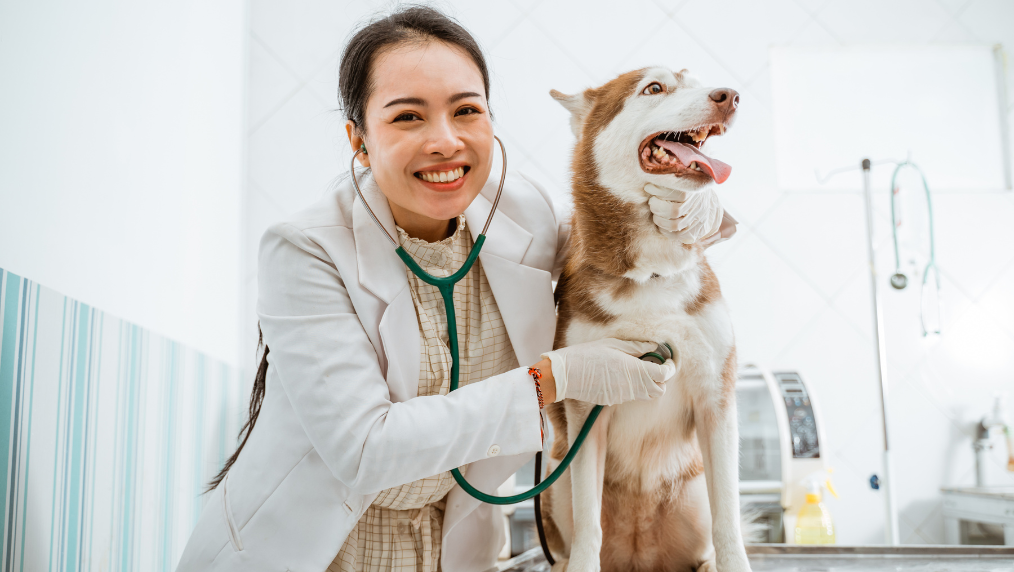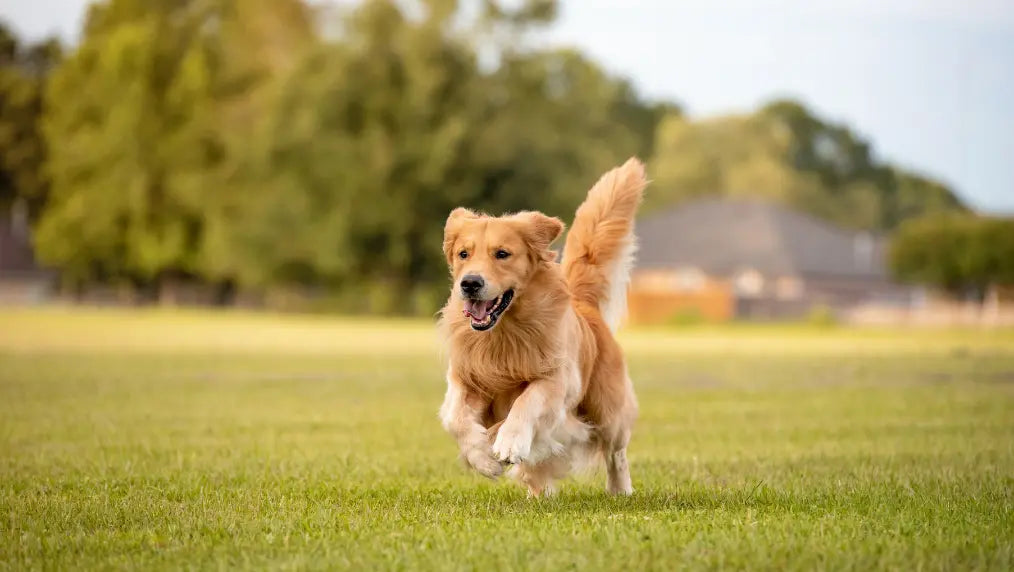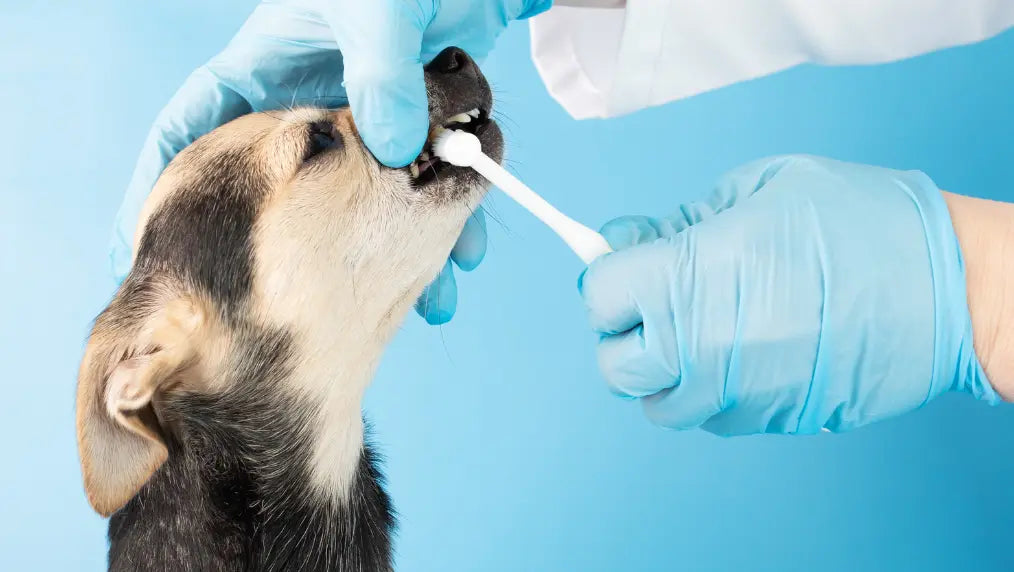Most dogs love playing in a yard, but your grassy little oasis can also be the source of many hidden dangers. Most yards are not specifically built to be a "dog yard". There are a variety of safety considerations to keep in mind to ensure your own backyard is as safe as possible for your dog (and other dogs). Maybe even as safe as a dog park. Ensuring a safe yard environment is crucial for your dog's well-being. Here are some detailed yard safety tips for dog owners:

Fence Security:
If you allow your dog to play off-leash in the yard, the yard must be securely fenced. Whether that means a physical fence, invisible fence, or a permanent fence, it's important to make sure your yard is enclosed with a sturdy and secure fence to keep your dogs inside. The height and type of fence will depend on your dog's size and breed. For example, small dogs may need a fence with taller grass and smaller gaps.
This includes ensuring that the fence you have is an appropriate height for your dog. Your dog might surprise you and may be able to jump much higher than you anticipate. Your dog may also attempt to climb the fence, so having a fence as tall as possible is ideal.
When looking at the security of your fence, you should check the entire premise to ensure that there aren’t any gaps in the fence that your dog could squeeze through. Similarly, it’s essential to make sure that your fence goes all the way to the ground to ensure there isn’t a space for your dog to get under.
When it comes to an invisible electric fence though, they can be more desired by many owners. While traditional fences work well on flat or gently sloping yards, invisible fencing works on almost any terrain and can cover the whole yard. Invisible fences can span hilly spots, wooded areas and water. Also, electronic fences can cover acres of ground in any pattern to create large exercise areas for dogs. But when it comes to other animals, it cannot help with keeping them out of your yard.
Checking your fence should be a regular occurrence to ensure that weak spots don’t develop in the fence and that your dog doesn’t begin to dig the grass or mulch in some areas. Any damage or weakness to your fence should immediately be fixed. If you have a gate, make sure that it securely latches, or even better, can be locked to ensure someone can’t accidentally leave it open and allow your dog to escape.
Also Read - Top Dog Halloween Costumes 2023
Avoid Toxic Greenery and Materials:

Identify and remove any toxic plants from your yard or surrounding your house. Common examples of these include lilies, azaleas, and certain types of mushrooms. Refer to a complete guide of toxic plants for dogs to ensure safety. Opt for landscaping materials and plants that are safe for dogs. Avoid sharp stones, thorny plants, or plants that produce irritating sap.
When adding new plants to your yard, make sure that they are flowers and other plants which are safe for dogs and not toxic. The ASPCA Poison Control is an excellent resource for assessing the safety of plants that might be in your yard before you purchase more plants.
For existing plants in your yard, if you need clarification on what types of plants they are, it can be helpful to hire a professional landscaper to identify the plants in your yard to allow you to determine if they are safe for dogs. Even if your pup doesn’t generally eat plants, it’s safest not to have any flowers, plants, or trees which produce fruits that are toxic for dogs.
Many home owners opt for a green lawn with short grass and little brown spots. But that can mean harmful chemicals to achieve these results. Be cautious with fertilizers, herbicides, and pesticides. Choose pet-friendly options or consider natural alternatives to keep your lawn a healthy lawn, without harming your dog.
Water Safety:
If you have a pool, hot tub, or fountain in your yard, you’ll want to ensure that it is fenced off to prevent your dog from having unsupervised access to it or falling in accidentally. Even dogs who are strong swimmers can get overwhelmed and tired swimming or forget how to get out. For this reason, it’s important to make sure that the design of your yard prevents your dog from having access to water features if they aren’t supervised.
Be sure to remove any shock collar or leash before your pup goes near the water. They can get severely shocked and hurt. One mistake many pet owners make is not practicing proper water safety at their own home.
Provide Shade and Shelter:

You never want to leave your dog outside unattended, especially for long periods of time. However, when they are enjoying the yard, ensure that there is a shaded area where your dog can rest, especially on hot days. A doghouse or covered area can provide protection from sun, rain, and wind.
It's dangerous to leave your pooch outside for too long of a period of time unattended. Pet owners should always know exactly where their dog is and where their dog roams, or else they can get hurt.
Practice Fire Safety:
If you have a grill, BBQ, meat smoker, or fire pit, make sure that these are kept in areas of your yard that your dog cannot freely access. Dogs may need to learn that fire pits or BBQs are hot and could burn them. Especially if meat and other food is being cooked, dogs can be lured into contacting a BBQ or open flame, which could injure them.
Use baby gates to secure decks and other areas of your deck or patio and prevent your dog from having access to areas where they could get burned. You can also give them their own dog food out in a separate area so they aren’t drawn towards the grill.
Provide Enrichment:

In addition to making sure that your yard and lawn are safe for your dog to be in, it’s essential to provide your dog with plenty of outside enrichment opportunities. Make sure that your dog has appropriate toys to play with while they are in the yard. Giving your dog toys to play with can help to reduce or eliminate destructive behaviors like chewing, to dig, or excessive barking. Toys are also a great way to engage your dog in active play with you while outside.
Ensure There Is Proper Supervision:
In addition to making sure that your yard is as physically safe as possible for your dog to spend time in, the best way to keep your dog safe outside is to supervise them. Spend time with your dog in the yard, especially if they are young or unfamiliar with the environment. This allows you to monitor their behavior and intervene if necessary.
Even in the safest of yards, unsupervised dogs can become injured while playing, chasing wildlife, or being teased or tormented by people walking past the fence. Supervising your dog also prevents your dog from having opportunities to dig under, jump at, or try to climb the fence.
Also Read - Tips for Brushing a Dog According to Coat Type
Conclusion
Giving your dog opportunities to exercise and play outside is important for dogs of all ages and sizes. If you have a yard, that is a perfect private space to allow your dog opportunities to stretch their legs and play. Unfortunately, yards can also be dangerous, but with some precautions, your yard can be a safe place for you and your dog to spend time together.
By following these detailed puppy yard safety tips, you can create a secure and enjoyable outdoor space for your furry friend to play and explore. Remember, continuous vigilance and proactive measures are key to keeping your dog safe in the yard.





